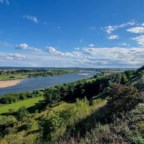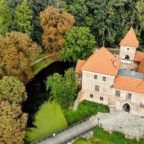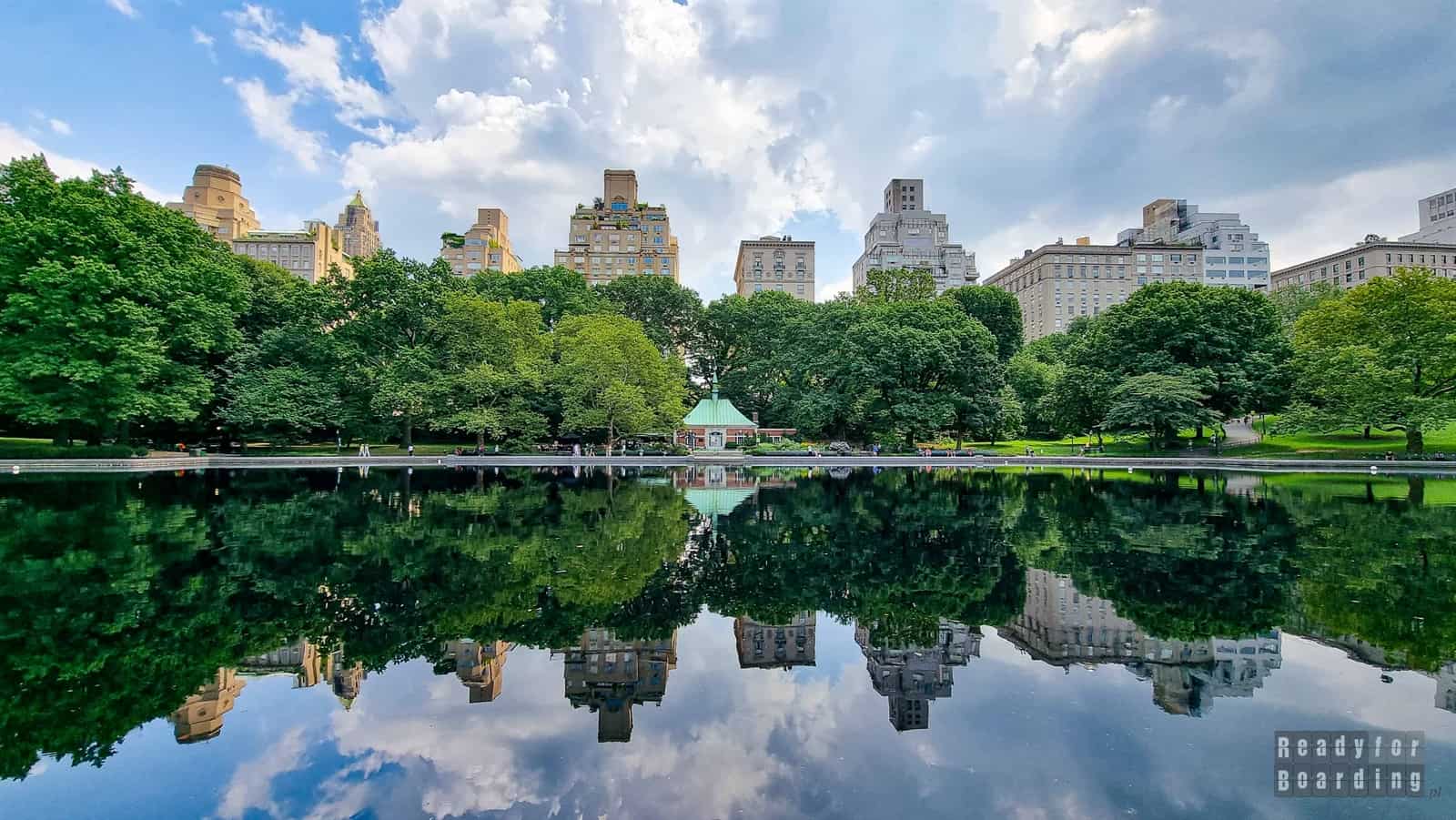Sichuan in China is famous for its spicy foods and the giant panda. Today we will focus on pandas and show you three, very different centers where pandas as a species are being cared for to survive as long as possible. Some very commercial, some less so, some easily accessible and some requiring several hours of travel….
Pandas are regarded as cute, adorable animals. Hairy balls that you want to cuddle into, or at least stroke. Sadly (or rather, sadly!) it is currently not possible to cuddle or touch them anywhere in the world, well, unless you are an employee of research centers, zoos, or reserves. Until a few years ago, it was in the pandas’ capital, Chengdu, that one could greet and pet pandas for a few hundred dollars, but fortunately this was discontinued in November 2018.
Table of contents
Panda the Great in China!
Currently, in order to come face to face with a panda really close, you have to become a volunteer. There are such opportunities in two of the three resorts we described: Dujiangyan and Wolong, but beware! This is not the volunteerism you may know ie. Free labor performed for the benefit of others. This is free labor paid for by…. volunteer ;) So, to become a volunteer for at least one day you need to spend about $300. And it’s not at all like sitting around all day and stroking pandas. More time is spent cleaning and preparing meals…. And it should be borne in mind that not everyone can become a volunteer, and the youngest may be the most disappointed. So we did not take advantage of this opportunity at all, as we preferred to peep at the pandas from a greater distance, like a regular rice eater.
Currently, there are less than 2,000 pandas in the wild and 600 individuals in captivity, and both numbers are growing. Thanks to the efforts and assistance of many centers and foundations, the status of giant pandas has been changed from endangered to vulnerable to extinction.
Pandas are doing better and better. These increases in the number of individuals are gratifying, but this does not mean that the pandas can peacefully inhabit further upland areas of Sichuan. Today, nearly 70% of pandas live in reserves, but their habitat is being destroyed. By cutting down trees, they have less and less room to live and to bamboozle peacefully. And they really need a lot of them. Each adult eats 30-40 kilograms a day! Add to this the fact that the bamboo forest dies out every 20 years or so, and this forces the pandas to look for new areas to live…. and those are becoming increasingly scarce.
Although pandas can now be seen in many zoos, it is worth mentioning that they (pandas) all belong to China. The Middle Kingdom lends them out for astronomical money, and if little ones are born in the garden they are also owned by China.
Many people come to Sichuan precisely to see these animals, as this is where there are most of them. However, it is important to remember that it is not like going to a reserve and seeing pandas living in their natural habitat. This is almost impossible. That leaves viewing them at major panda research centers.
But before we go on to show you the 3 centers, we wanted to point out that they are not typical zoos. These are facilities that specialize in breeding giant pandas (in some you can also find red pandas) and it is under them that the full infrastructure is made. Pandas don’t have one or two enclosures, but there are more than a dozen, if not dozens. Of course, the space available is smaller than in the wild, but such centers provide much better and more specialized assistance than zoos where there are several hundred species. The centers focus on conservation of the species, reproduction, and some prepare animals for the wild.
Below we describe three very different centers. Only by seeing and comparing several can we come up with conclusions and recommendations for you on where best to go depending on what you care about and what you can afford (financially and time-wise).
In each we were in the same weather (rainy ;) ).
A film about pandas in China
But before we start describing the panda resorts around Chengdu, we also recommend you our video on our YouTube channel on this very topic :)
Wolong China Giant Panda Garden
It is a reserve, but also a center for panda research. Wolong is the largest reserve that was established to protect the giant panda. On its grounds is the Wolong Panda Center in Gengda village (the names Shenshuping Panda Base and Wolong China Giant Panda Garden are also used). This is a new facility to which the animals were moved from Hetaoping.
It is with this center that a sad story is connected. Well, in 2008 the region was hit by an earthquake that killed more than 70,000 people. Pandas were also affected in this tragedy – the Wulong center was destroyed, according to official information, one panda died in the enclosure, one due to lack of medical attention (closed roads), one escaped, and another was seriously injured. The number of pandas that died directly or indirectly as a result of the earthquake is unknown.
Driving here, one thought was swirling in our heads: does the driver by any chance want to drive us away to some backwater hole, where we will be forgotten? The road stretched through valleys, we drove for more than 2 hours through tunnels, bridges, narrow streets, all shrouded in fog. Visibility is almost zero. At one point we stopped in a small village below the hotel. But such a really small one. In China, a small town is one that has a few hundred thousand residents, maybe a few million. Here there were dozens, maybe several hundred.
The hotel was right on the street, and across the street was the entrance to the research center. The location of the hotel is ideal, although the facility itself left much to be desired. We were probably the only guests in the hotel, it lacked at least an elevator, and breakfast was limited to a served bowl of rice on woga, steamed buns and eggs. Plus soy milk ;) Looking at the cleanliness, we expected mice and cockroaches, but we did not manage to spot them. The room for that we had almost luxurious, because with large windows overlooking the resort with pandas (what the heck, they were probably never washed ;) ).
But let’s focus on the pandas, because that’s what we came here for.
We were under the impression for a very long time that this center was closed. There are ZERO people around, zero coaches…. Both in the evening when we arrived and first thing in the morning. It wasn’t until after breakfast that we saw the first stalls opening at the entrance, which gave us hope that we would go inside after all.
Yes, the center was open, however, it is completely unknown and not very popular! While we were there, we passed one tour and more than a dozen individual visitors. Pandas have very nice living conditions here because of this. Of course, there are visitors who shout, trying to call the panda, but they are fortunately few.
We are not surprised by the small number of visitors, because let’s not hide, you have to try hard to get here ;) Thus, you can watch the lazy life of pandas in peace and quiet. I don’t think we have experienced as much silence in any other place in China as we have here ;)
The Wolong facility is regarded as the world’s largest and most close-to-nature research facility for giant pandas in the world. It is divided into several sections, including a special one that prepares animals for life in the wild.
As we approach the individual enclosures, we can observe the joyful play of the smaller pandas and the lazy all-day eating of bamboo by the adults. We did not see the smallest pandas here.
There is a free museum on the premises, which no one visits ;) We were the only guests and in peace and quiet we could absorb knowledge about pandas, or see the panda costumes in which people prepare pandas for life in the wild!
The situation is worse when it comes to service outlets. There is one souvenir store here, and that’s it :) No gastronomy. Unless it’s in the hotels next door, but don’t set your sights on super choice there either. It’s better to come with your own provisions or book a self-catering accommodation in advance.
There are more than 30 pandas in Wolong. Although there are more of them at Changdu Panda Base, this resort is considered larger and more dynamic.
Chengdu Panda Base
We’ve already written about Chengdu Panda Base in an earlier, dedicated post, but it must be included here as well. So here we will post just a few sentences and for more, please see this post.
Chengdu Research Base of Giant Panda Breeding is the most popular center for research on the giant panda and also the most commercialized. The most crowded also. This is where most tours go, but also the bulk of individual visitors, as it is the most easily accessible facility. You can get here by public transportation or quite conveniently by cab from downtown Chengdu.
This large area is divided into enclosures for pandas, with individuals of similar ages being kept. The distances between them are quite large, and many people choose to travel by melexes (an extra fee option).
Of all the facilities we visited, only here did we have the opportunity to see tiny pandas. The two pavilions, Moonlight House and Sunshine House, where the youngest individuals have their home is very popular, and the queue is for about 30 minutes of standing. It is worth the figure to see several-day-old pandas :) However, when planning your trip, take into account when there is a chance to see the little ones at all: as a rule, late summer, early autumn, although, as it turns out, also in the second half of October such an opportunity can happen.
Chengdu Panda Base is home to about 50 pandas, and we actually saw the most pandas at this facility.
As for and service facilities, it is also the best developed of all the facilities we described. There are a cafe, restaurants – the choice of food or cleanliness leave a little to be desired, but at least no one will die of hunger :)
We recommend this place if you don’t have time to make further trips to other resorts. It is located near Chengdu, easy to get to and you will see many pandas here.
Dujiangyan Panda Base
Dujiangyan village is mainly famous for its ancient irrigation system, which is still in operation today, but it is worth knowing that another research and breeding center for giant pandas is also located here. In our opinion, the facility in Dujiangyan is a good combination of the above two resorts.
On the one hand, it’s on the outskirts of the city, so it’s more reachable than Wolong, and it’s not very time-consuming to get there (although it’s best to take a cab anyway), and on the other hand, it’s not as popular as the one in Chengdu. If you plan to get there from Chengdu it takes about an hour and a half (by car).
It is a large area and you have to expect to walk, including some uphill ;) The resort is located among the hills and is full of vegetation, including, of course, bamboos. There is even a section of trees with sponsor logos. Most of the route is easily covered by a stroller, but some enclosures are accessible only by stairs, and in rainy weather can be dangerously slippery. Between the main paddocks there are wide paved roads, easy to traverse.
We passed more people here than from Wolong, there were a few tours for which we were probably a bigger attraction than the pandas themselves (okay, the kids, not us ;) ), but it was still much quieter than in Chengdu. Pandas here have an almost idyllic, peaceful life. Sizable enclosures, few pandas in each enclosure, peace and quiet.
The center specializes in rescuing pandas that have lived in the wild and need help. A hospital for pandas operates here.
About 20 – 30 giant pandas and 5 red pandas reside here.
And what are the services at this facility? There is one restaurant/cafe in this facility, and on the way out, you can buy snacks at the gift store.
We liked this facility very much…. hidden in a valley, among vegetation, I think it was most in keeping with the natural environment of pandas.
Summary, where to see Pandas in China?
By seeing pandas in several centers, we have the opportunity to compare them and look at them more critically.
We won’t point out to you which is the best and which is the worst, but we have shown you the pros and cons of each. Much depends on your expectations, your planned tour of China and the time you have available.
We think it’s worth seeing at least two different resorts to form an opinion and compare them.
If we were to return to China in a few years and move to just one of the above, our choice would probably be Dujiangyan Panda Base. The most “attractions” are provided by Wolong, as its big plus is an additional free museum, although a thesis museum is/is supposed to be in Chengdu (unfortunately, it was being rebuilt during our visit). Unfortunately, the road to Wolong is very time-consuming and you have to assume about 2 more days in China. If it were more readily available, we would probably recommend this very center in the first place.
We leave the final decision to you, of course :)
See all the photos from the above resorts with Pandas:
Zobacz galerię wszystkich zdjęć z pandami >>>
We also recommend you our other texts about China:
- Chengdu, China – Pandas and much more!
- Beijing – giant pandas at the Beijing Zoo
- China – some important practical tips you should know about
- Beijing – our TOP 5 attractions
- Our visit to Shanghai Disneyland Park
- China – where to stay overnight and how much does it cost?
- Xi’an – Terracotta Army
- Beijing – Forbidden City
- Great Wall of China























































